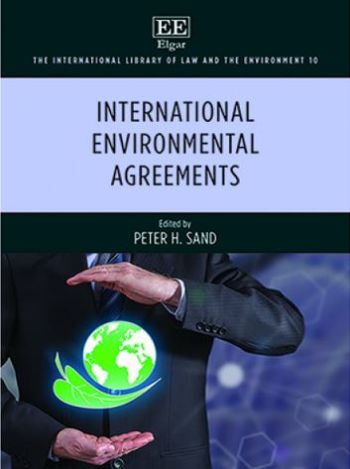
There has been an exponential growth in international environmental treaty-making over the past fifty years, to the point of ‘treaty congestion’ – with a total of more than 1,300 multilateral (global and regional) agreements on the topic and close to 3,000 bilateral ones currently in force. The collection of seminal articles assembled in this volume address this phenomenon from a variety of disciplinary perspectives: international law, political science, and ‘ecological economics’. The objective of this collection is comparative analysis, with a view to identifying common features and common problems of transnational environmental regimes, in light of their historical evolution, their application and effectiveness in practice, and possible lessons learned in their institutional ‘interplay’ with each other.
With an original introduction by the editor, this single volume will be an essential resource for researchers and policy makers alike.